Southeast Asia is bracing for new tariffs and a shift in relations with the United States after Donald Trump's re-election as president. Could the return of "Tariff Man" bring economic risks or unexpected opportunities to the region?
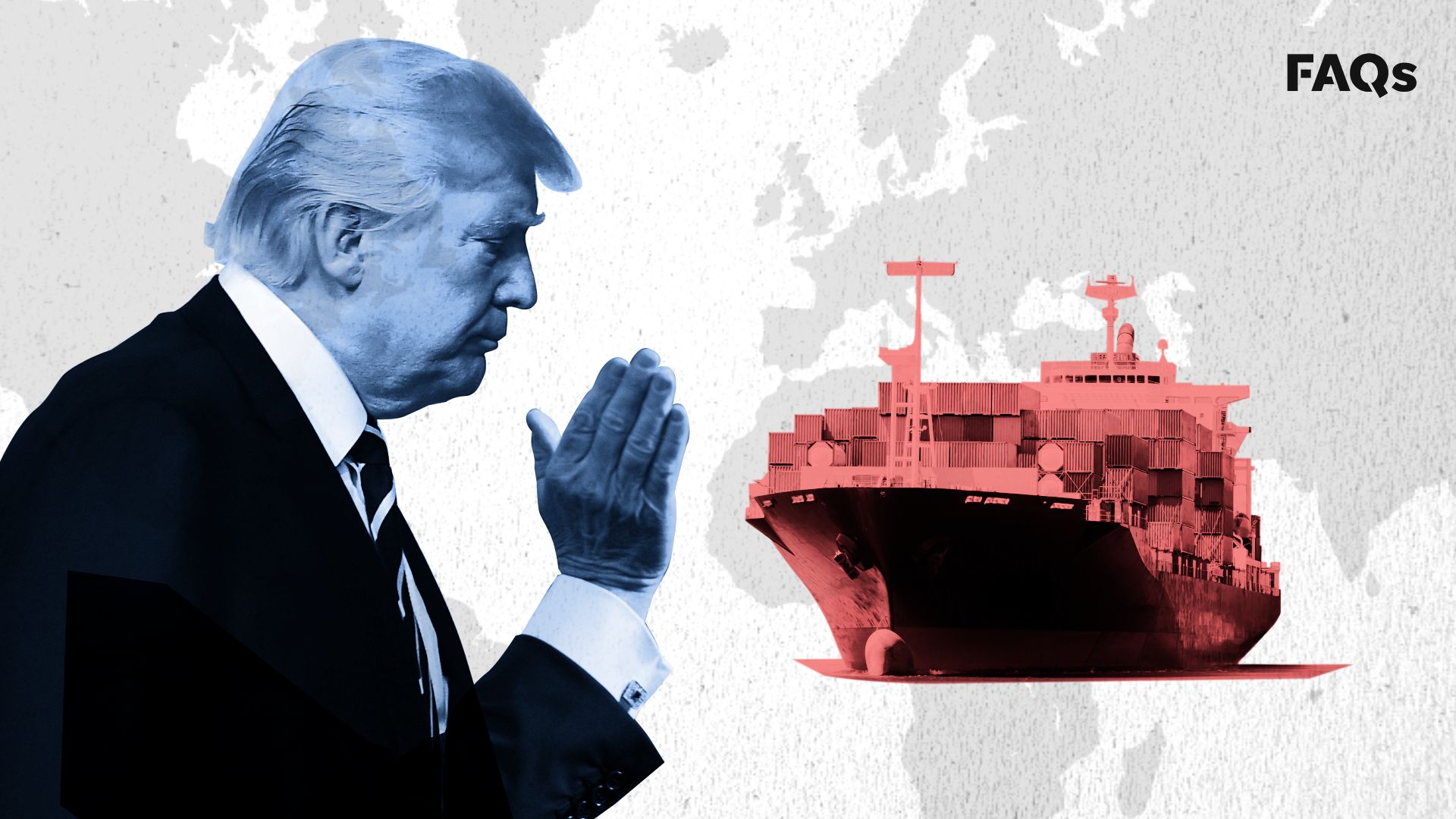 |
| Nearly all Southeast Asian countries count the United States as one of their top three export markets. The new tariffs that Mr. Trump announced during his election campaign are a scary proposal for Southeast Asia. Illustration photo. (Source: Getty Images) |
During his election campaign, Mr. Trump vowed to impose across-the-board tariffs of 10-20% on imports from all countries—a terrifying proposal for Southeast Asia, a region heavily dependent on exports to the United States.
The tax rate is much higher than the 7.5% to 25% tax rate he applied during his first term.
With China, the new White House owner announced that he will impose taxes of up to 60%.
More than just a commercial risk
Dr. Le Hong Hiep, a research expert at the Vietnam Studies Program at the Institute of Southeast Asian Studies, said that Southeast Asia had previously cooperated with the US during Trump's presidency. That means the region was prepared for Trump's return to the White House.
With the victory of Mr. Trump - the self-proclaimed "tariff man", the Southeast Asian region will quickly adapt to the new reality and find ways to protect its interests," according to Dr. Le Hong Hiep.
Meanwhile, Mr. Bridget Welsh - honorary research associate of the Institute of Asian Studies at the University of Nottingham Malaysia said that Mr. Trump's second presidential term will impact countries in different ways.
Some countries are focused purely on commercial aspects, while others like the Philippines or Malaysia will face “security risks”.
Still, most Southeast Asian countries are net exporters to the world's largest economy, so they will face certain consequences if Mr. Trump carries out the tariffs he "promised."
Consulting firm Oxford Economics recently estimated that the tariffs proposed by Mr Trump could be a “headwind” that would reduce exports from “Asian countries excluding China” by 3%. Poorer economies in Southeast Asia could see a bigger fall.
Frederick Kliem, a researcher at the S. Rajaratnam School of International Studies (Nanyan Technological University, Singapore) emphasized: "If Mr. Trump imposes tariffs, Southeast Asia will suffer losses in terms of Gross Domestic Product (GDP) and trade as a proportion of GDP."
Big benefits?
The above trade impacts could be balanced if the new White House owner launches a second trade war with China.
Specifically, some experts believe that the 47th president of the United States' threat to impose a 60% tax on imports from China could trigger a wave of divestment by global companies from this country. The same thing happened after the Trump administration started a "wave" of tariffs on Chinese goods in 2018.
It is worth noting, however, that some Southeast Asian countries will benefit the most from the aforementioned wave of investment flight.
Southeast Asia is likely to benefit from the trade conflict between the world's two largest economies, Reuters news agency said.
According to the news agency, the area's industrial park developers are recruiting more Chinese-speaking staff. "This is a forecast that Mr. Trump may rearrange the global supply chain after taking office in January 2025," Reuters wrote.
Ms. Jareeporn Jarukornsakul, CEO of WHA Group - one of Thailand's largest industrial park developers - revealed that when Mr. Trump was preparing for his presidential re-election campaign earlier this year, calls from Chinese customers flooded WHA Group.
“There has been a wave of migration to Southeast Asia and the wave will be stronger than in 2017-2021,” said Jareeporn Jarukornsakul.
Source: https://baoquocte.vn/hau-bau-cu-my-mot-de-xuat-cua-ong-trump-khien-dong-nam-a-run-ray-loi-ich-lon-bat-ngo-293413.html



![[Photo] Prime Minister Pham Minh Chinh chairs a meeting of the Government Standing Committee to remove obstacles for projects.](https://vphoto.vietnam.vn/thumb/1200x675/vietnam/resource/IMAGE/2025/10/06/1759768638313_dsc-9023-jpg.webp)
![[Photo] Prime Minister Pham Minh Chinh chaired a meeting of the Steering Committee on the arrangement of public service units under ministries, branches and localities.](https://vphoto.vietnam.vn/thumb/1200x675/vietnam/resource/IMAGE/2025/10/06/1759767137532_dsc-8743-jpg.webp)



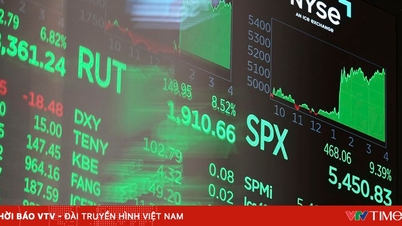

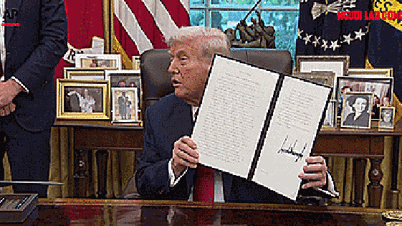








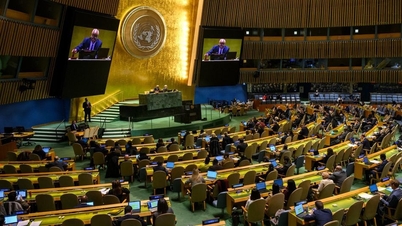


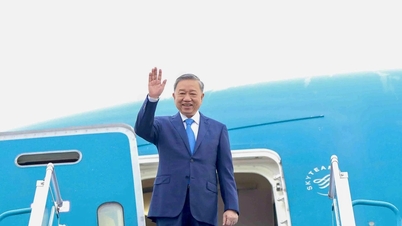
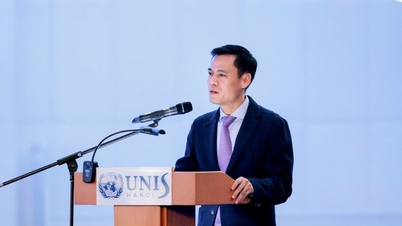
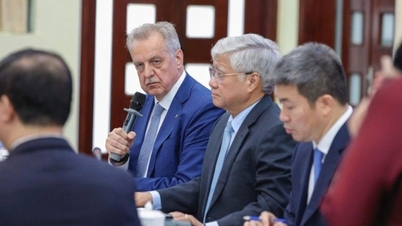




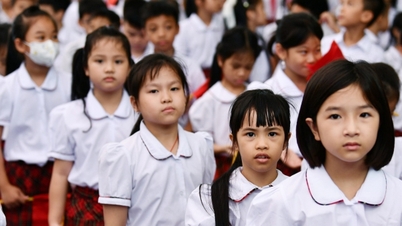

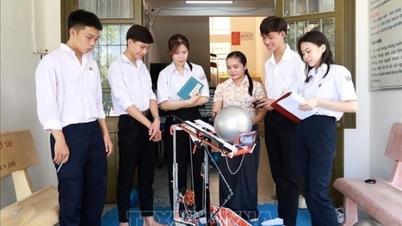



















































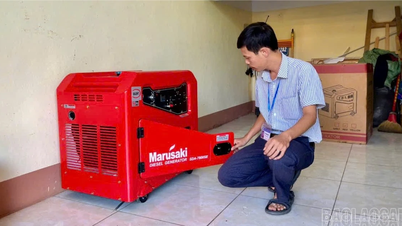



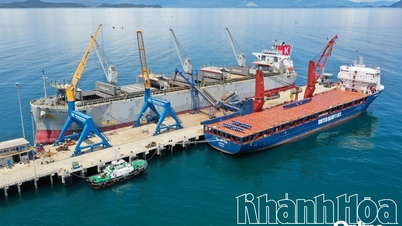














Comment (0)